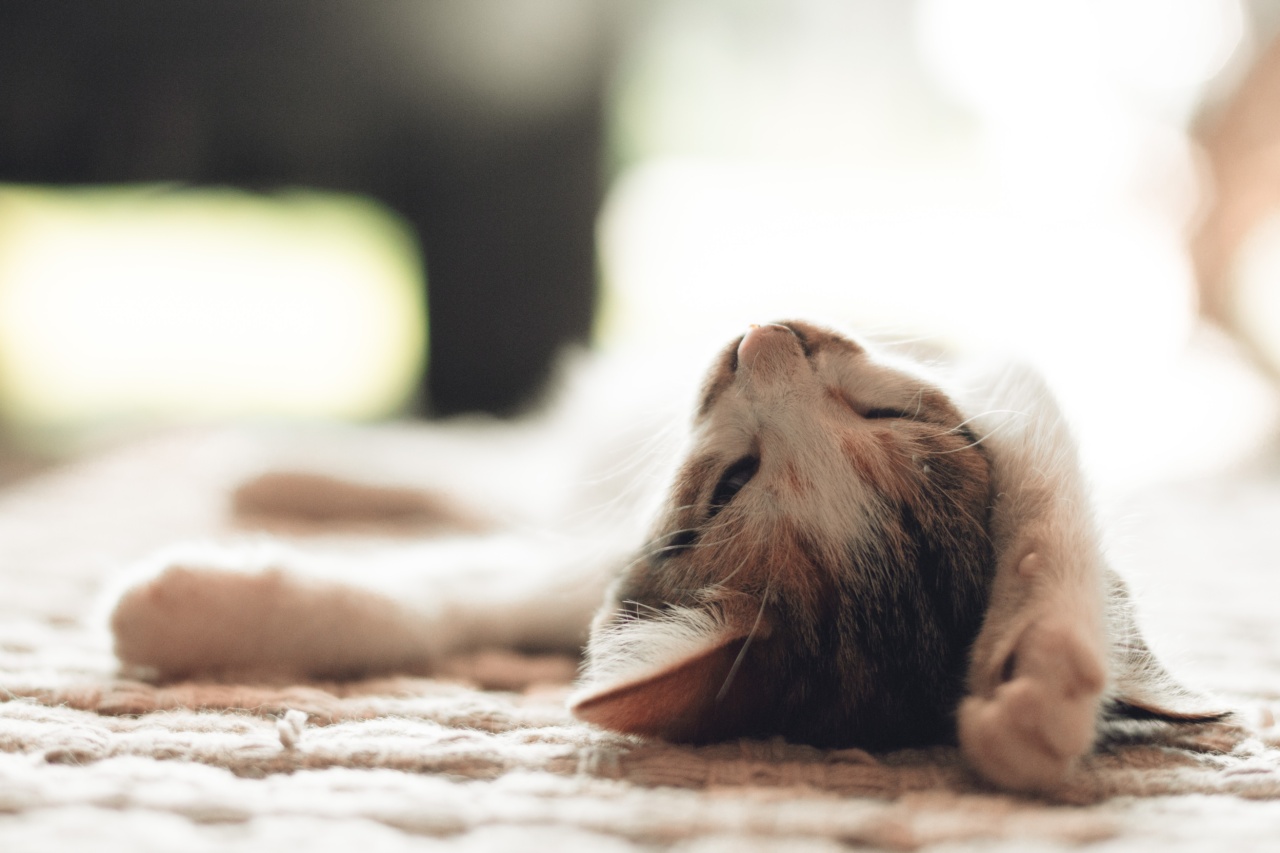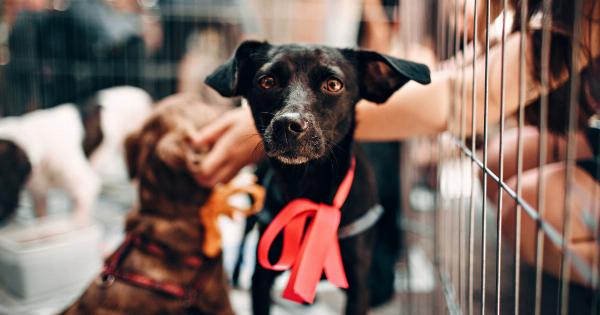As a cat owner, it is important to be aware of the various digestive problems that can affect your furry friend. One common issue that many cats face is food intolerance.
Just like humans, cats can also develop sensitivities or allergies to certain types of food, leading to digestive discomfort and other related health problems. In this article, we will explore the causes, symptoms, and possible solutions for cat digestive problems related to food intolerance.
Understanding Food Intolerance in Cats
Food intolerance occurs when a cat’s digestive system reacts negatively to specific ingredients in their diet.
Unlike food allergies, which involve an immune response, food intolerance typically involves the inability to properly digest certain components of their food. Some common culprits of food intolerance in cats include dairy products, certain proteins (such as beef or chicken), wheat, and artificial additives.
It’s important to note that food intolerance is different from a simple dislike of a particular food. While cats may be picky eaters, an intolerance can cause much more severe symptoms and discomfort.
Additionally, it may take some time for the intolerance to develop, as cats can initially tolerate certain foods but develop sensitivities over time.
Symptoms of Food Intolerance in Cats
Cat digestive problems related to food intolerance can manifest in various ways. Here are some common symptoms to watch out for:.
- Vomiting: One of the most noticeable signs of food intolerance in cats is frequent vomiting. If your cat consistently throws up after consuming a specific food, it may be a sign of intolerance.
- Diarrhea: Loose, watery stool or increased frequency of bowel movements can indicate that your cat is having trouble digesting their food properly. Monitor their litter box for any changes.
- Flatulence: Cats with food intolerance may experience increased gas, leading to unpleasant odors. If you notice excessive flatulence in your cat, it could be a sign of digestive problems.
- Abdominal pain or discomfort: Your cat may show signs of discomfort after eating if they have food intolerance. This can include restlessness, pacing, or vocalization.
- Weight loss or poor appetite: Cats with food intolerance may lose their appetite or lose weight due to digestive problems. If your cat is consistently refusing food or experiencing unexplained weight loss, it’s essential to investigate potential food intolerance.
- Skin inflammation or itching: Food intolerance can also manifest as skin problems in cats. Look out for excessive scratching, redness, or hair loss, which may indicate an allergic reaction.
- Behavioral changes: Cats may exhibit changes in behavior if they are experiencing digestive discomfort. This can include increased irritability, aggression, or lethargy.
- Poor coat condition: A cat’s coat can reflect their overall health. If your cat’s fur appears dull, brittle, or unkempt, it could be a sign of digestive issues.
- Urinary issues: In some cases, cats with food intolerance may also experience urinary problems, such as an increased frequency of urination or the presence of blood in the urine.
- General malaise: If your cat seems generally unwell or shows a lack of energy and enthusiasm, it could be a result of digestive problems related to food intolerance.
Identifying the Problematic Ingredients
In order to address food intolerance in your cat, it’s essential to identify the specific ingredients causing the problem. The process typically involves an elimination diet. Here’s how you can go about it:.
- Consult your veterinarian: Before making any changes to your cat’s diet, consult with your veterinarian to rule out any underlying health issues and to get guidance on an elimination diet plan.
- Choose a limited ingredient diet: Select a cat food brand that utilizes a limited number of ingredients. This reduces the likelihood of triggering an intolerance or sensitivity.
- Start the elimination diet: For a period of six to eight weeks, exclusively feed your cat the limited ingredient diet chosen. During this time, avoid offering any other foods or treats.
- Reintroduce ingredients: After the elimination period, begin reintroducing potential trigger ingredients one at a time. Monitor your cat’s reaction to each ingredient, looking for any return of symptoms.
- Maintain a diary: Keep a detailed record of the ingredients your cat consumes and any associated symptoms. This will help you identify the specific culprits.
Choosing the Right Diet for Cats with Food Intolerance
When it comes to selecting a suitable diet for cats with food intolerance, there are a few key factors to consider:.
- Hypoallergenic diets: There are various hypoallergenic cat food options available that contain novel protein sources (such as venison or duck) and limited additional ingredients to minimize the risk of triggering an allergic reaction.
- Grain-free options: If your cat has shown intolerance to grains, opting for grain-free cat food may be beneficial. However, it is important to note that not all cats with food intolerance are necessarily sensitive to grains.
- Canned or wet food: Wet food can be a good option for cats with digestive issues as it provides higher moisture content and can aid in digestion. However, consult with your veterinarian to determine the best texture and form for your cat.
- Slow transition: When switching your cat’s diet, it is important to do so gradually to avoid upsetting their stomach further. Gradually mix the new food with their existing food over a period of several days.
Seeking Veterinary Assistance
If you suspect that your cat is suffering from food intolerance or if their symptoms worsen despite dietary changes, it is crucial to seek veterinary assistance.
A veterinarian can provide a proper diagnosis, recommend suitable diets, and conduct any necessary medical investigations to rule out other underlying health conditions.
Preventing Digestive Issues in Cats
While food intolerance can be challenging to prevent entirely, there are some measures you can take to minimize the risk of digestive issues in your cat:.
- Gradual transitions: When introducing new foods or changing your cat’s diet, always do so gradually to allow their digestive system to adjust.
- Avoidance of table scraps: Human food, especially spicy or seasoned items, can irritate a cat’s digestive system. It is best to avoid offering table scraps to prevent potential digestive problems.
- High-quality cat food: Opt for high-quality cat food brands that prioritize the use of wholesome ingredients and avoid artificial additives that may trigger intolerance.
- Regular vet check-ups: Schedule regular veterinary check-ups to monitor your cat’s overall health and address any potential issues before they become more severe.
By being proactive and attentive to your cat’s dietary needs, you can help them maintain a healthy digestive system and overall well-being.





























